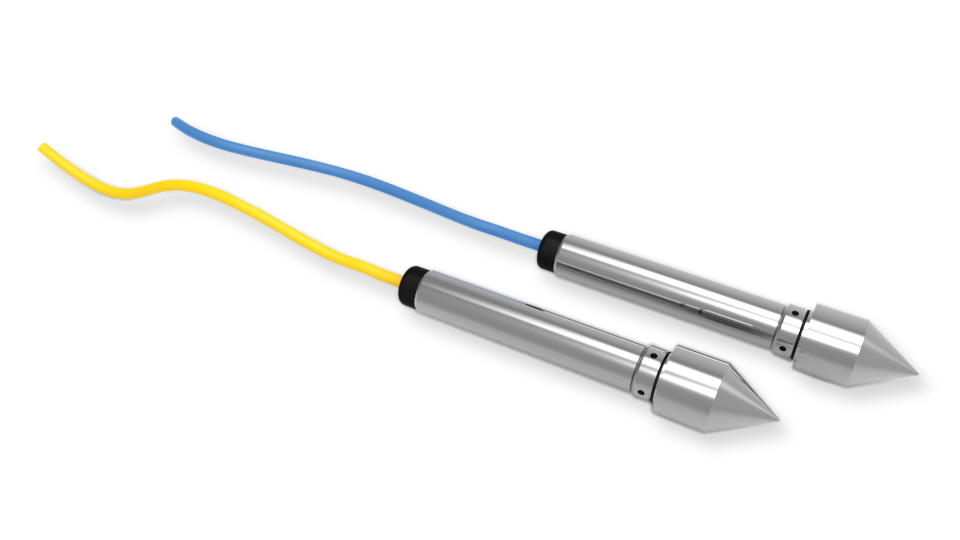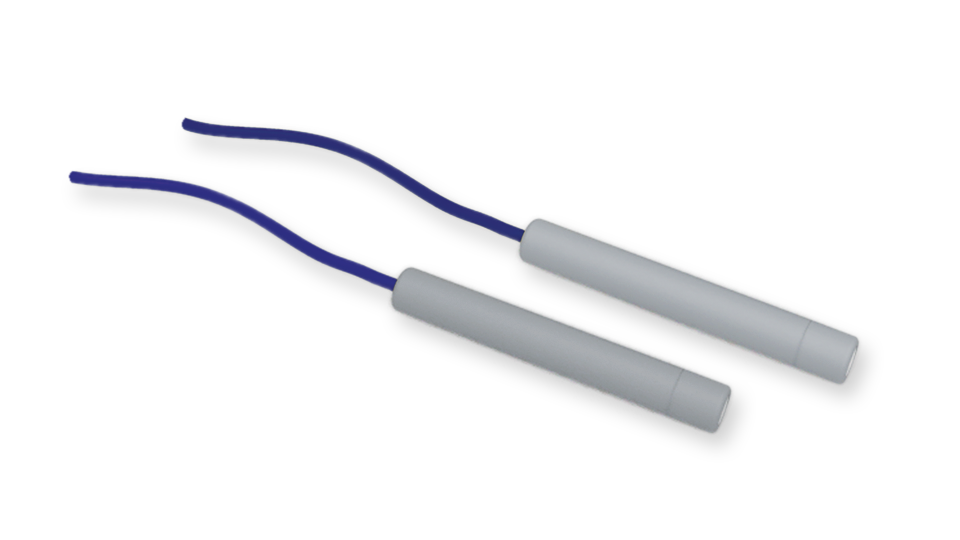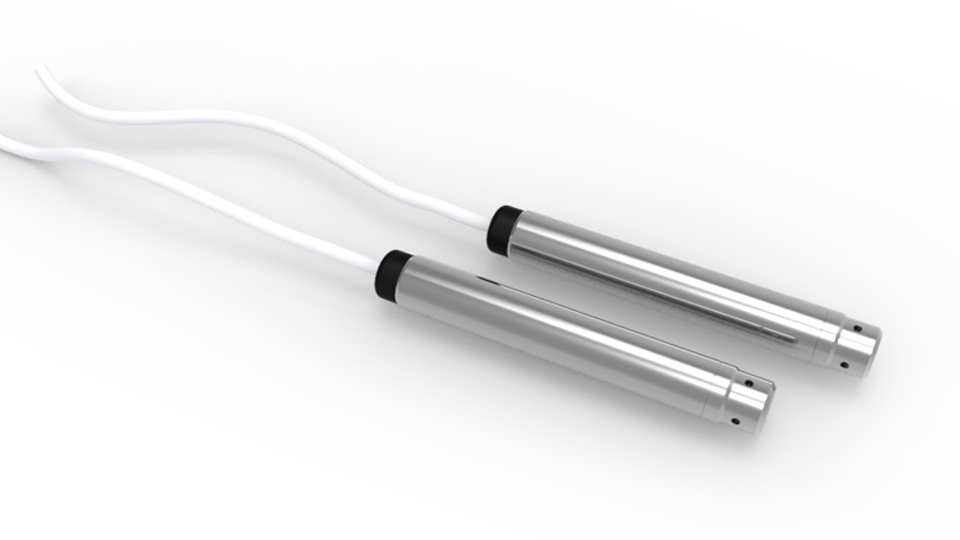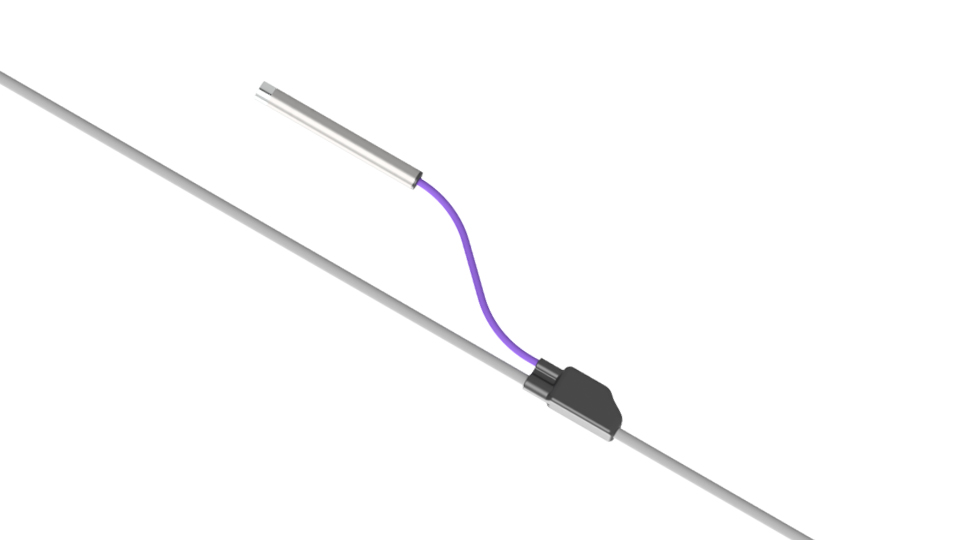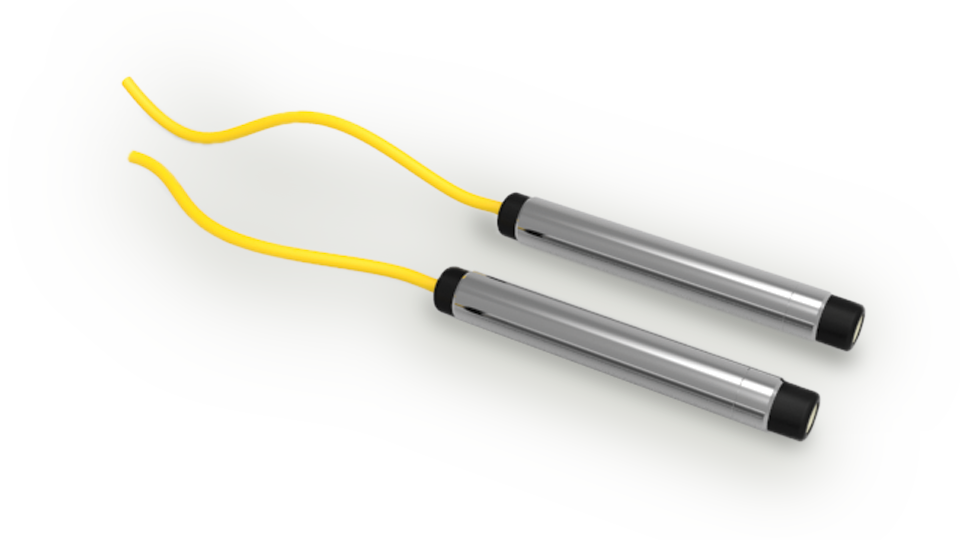VIBRATING WIRE PIEZOMETERS
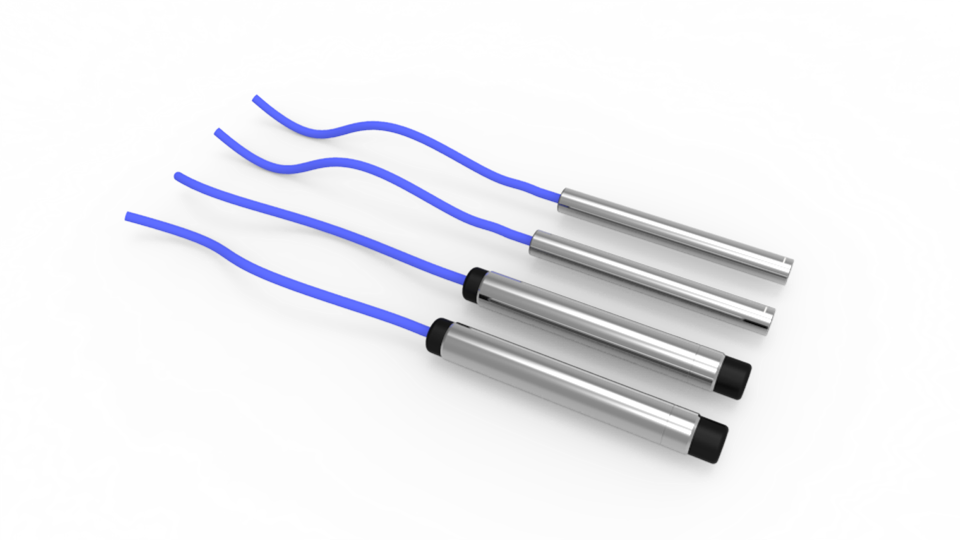
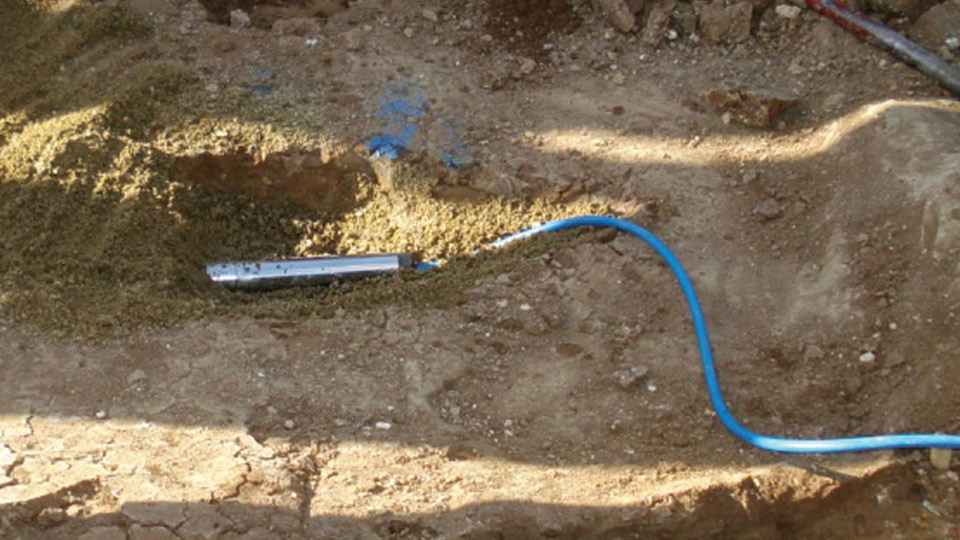
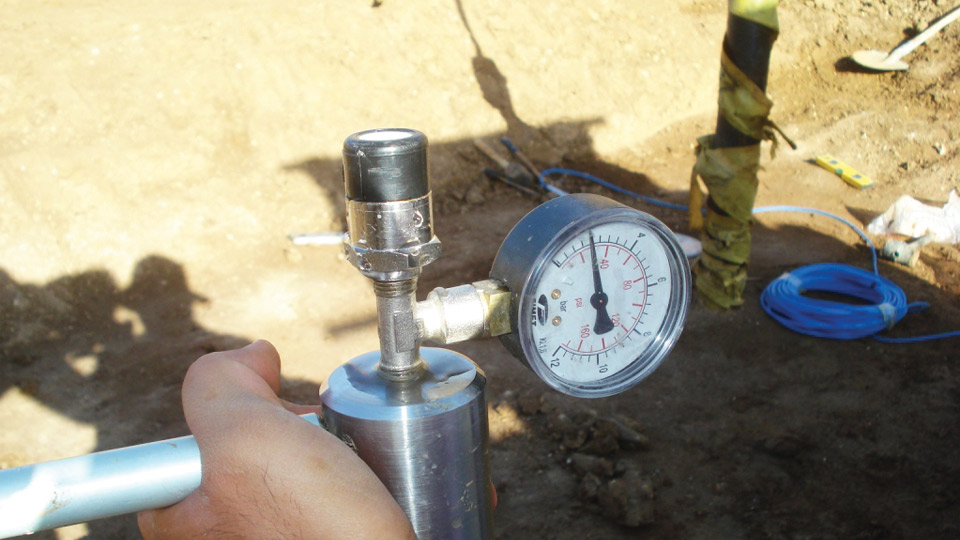
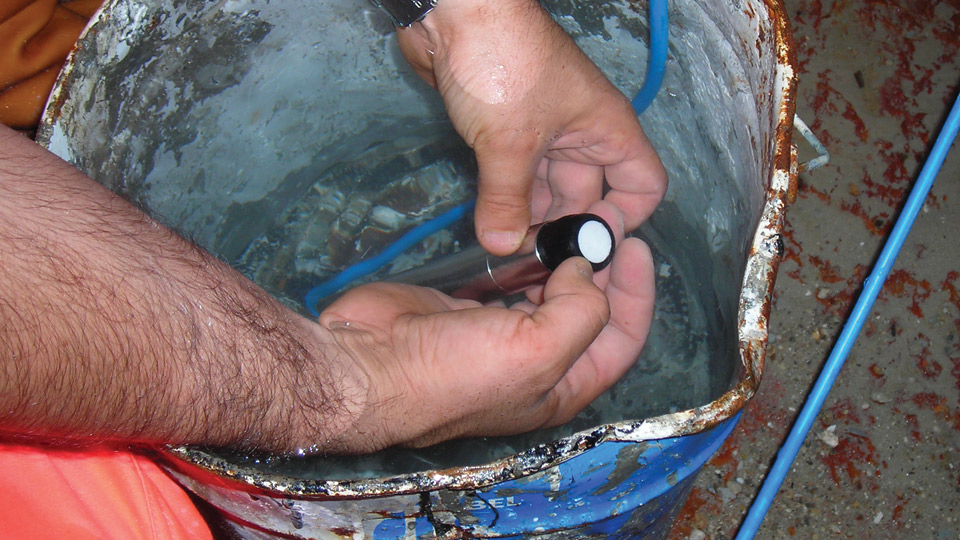
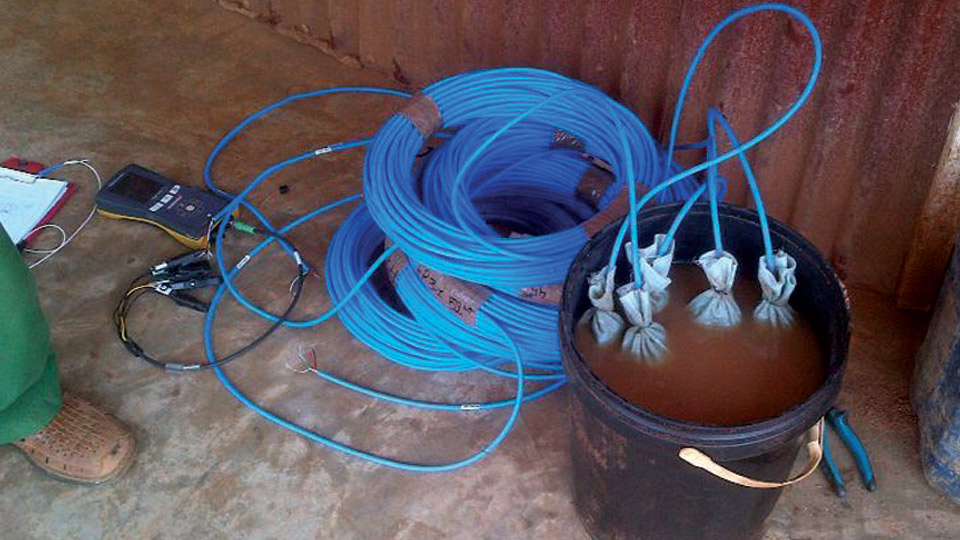


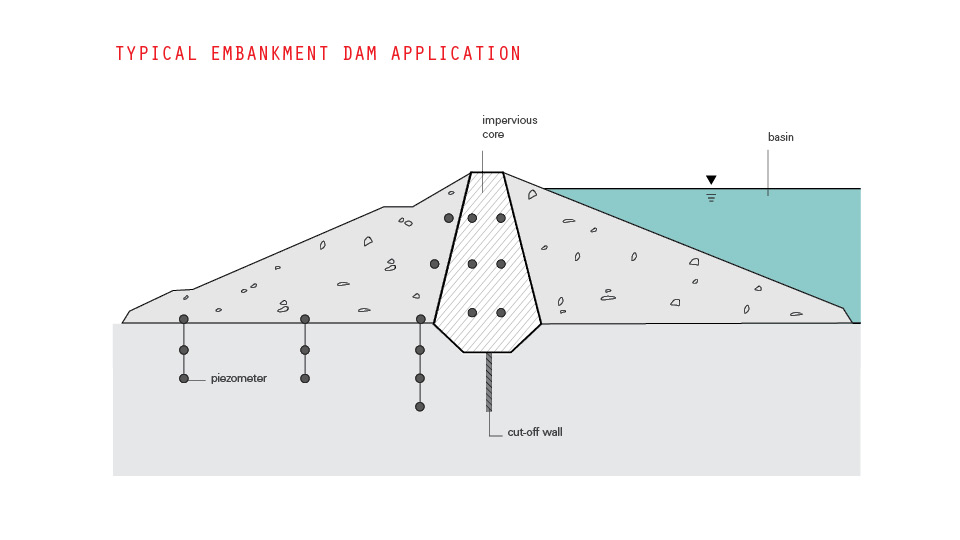

Vibrating wire piezometers are essential instruments in geotechnical and structural health monitoring, providing precise measurements of pore water pressure in soil, rock, and concrete.
Known for their reliability and durability, vibrating wire piezometers are widely used in applications such as dam safety, tunnel construction, embankments, and groundwater studies.
Why Choose Vibrating Wire Piezometers?
One of the key advantages of vibrating wire piezometers is their long-term stability. Unlike other sensors, vibrating wire piezometers are highly resistant to environmental factors such as temperature fluctuations, electrical interference, and long-term exposure to moisture. Additionally, vibrating wire piezometer robust design allows them to perform reliably in challenging conditions, making them ideal for both short-term and permanent installations.
Vibrating wire piezometers are available as standard models or HD heavy duty model. They can be installed using the “fully grouted” method, which ensures quick response times and accurate measurements.
Applications of Vibrating Wire Piezometers
From assessing the stability of embankments to monitoring water pressure in dams and tunnels, vibrating wire piezometers play a critical role in maintaining safety and performance. They are particularly useful in projects requiring high reliability and precise data over extended periods.
If you’re looking for advanced vibrating wire piezometers for your geotechnical projects, explore our range of high-quality solutions designed to meet the most demanding requirements.
Take a look to our video Vibrating wire piezometers in pills
Vibrating wire transducer is essentially composed by a taut wire clamped at its ends and tensioned so that it is free to vibrate at its natural frequency. The frequency of vibration varies with the wire tension and thus small relative movements between the two end clamps.
With vibrating wire transducers frequencies rather than voltage levels are measured, so a dedicated readout/datalogger must be used to measure the resonant frequency. These ones excites the vibrating wire transducer, measures the response, performs some calculations on the response, and returns the result.
SISGEO vibrating wire transducer uses ‘pluck and read’ method and not ‘auto resonant’ method; when the readout/datalogger plucks the wire a magnetic attraction is created to the coil and the wire start to vibrate and it causes an alternating voltage of the same frequency of the natural frequency of the wire; the voltage signal is transmitted on the cable and read from the readout/datalogger.
Vibrating wire transducers have a reputation for long expected life and long-term stability.
Readable by
Questions
about this
product?
about this
product?
Learn more
Datasheet
Manual
Faq
Questions
about this
product?
about this
product?
Learn more
Datasheet
Manual
Faq
Vibrating Wire Piezometers
Vibrating wire piezometers
Vibrating wire piezometers are used to monitor pore-water pressure in soils. They are typically sealed in boreholes but can also be embedded in fills, or suspended in a well. Typical applications include evaluating slope stability, dewatering and drainage schemes, overpressure in silt and clay soils, permeability and hydraulic gradients in dams, and also ground water levels. They can also be used to monitor up-lift pressures in gravity dams.



